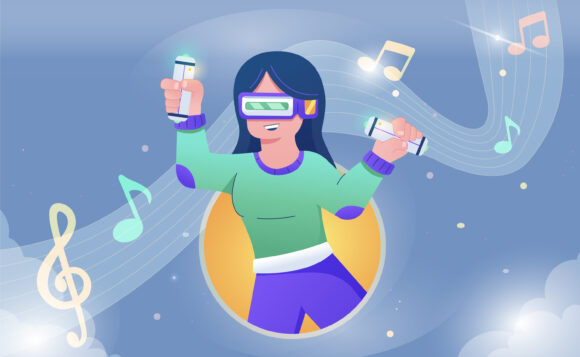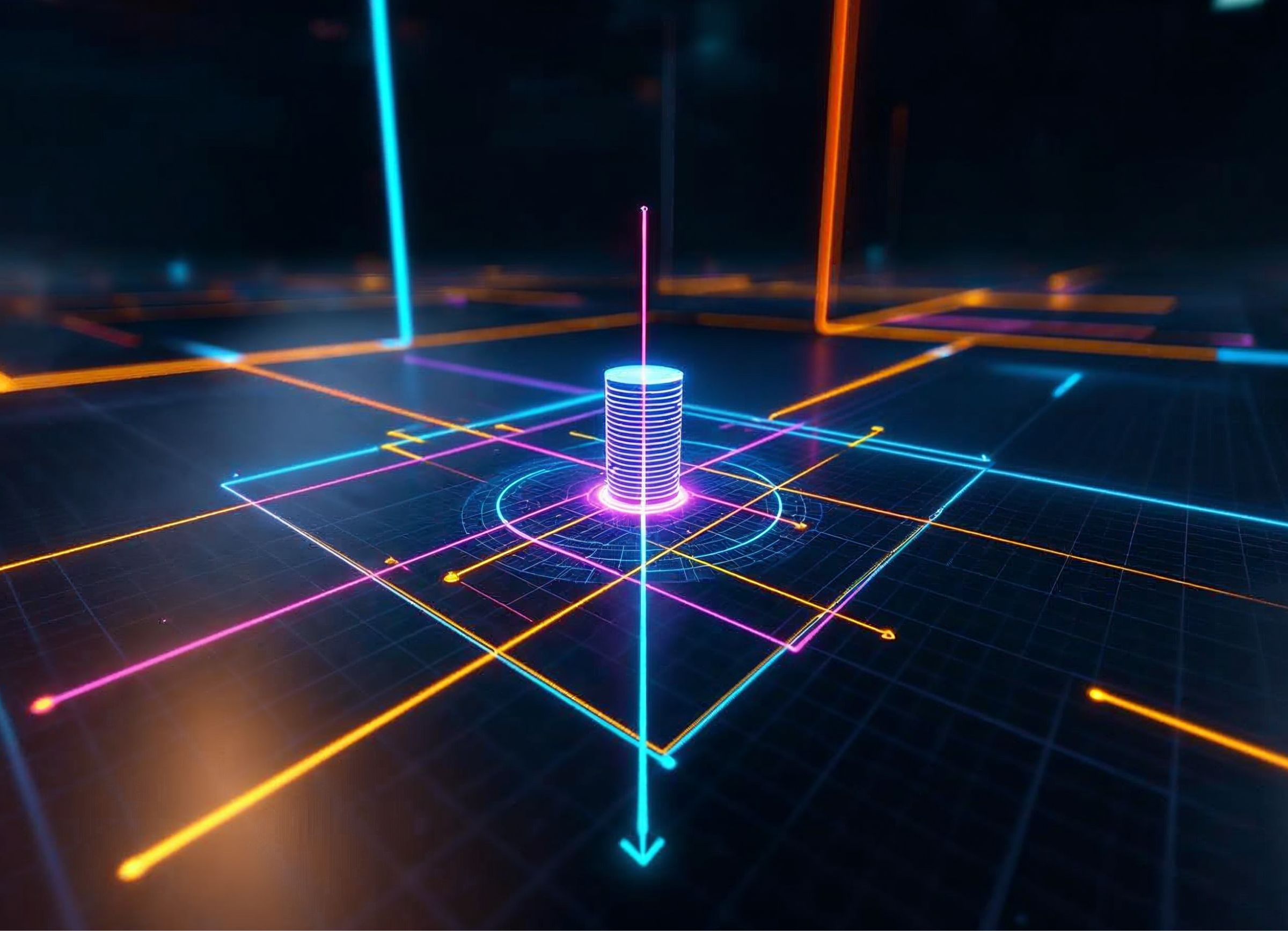
Virtual reality is gradually becoming more widespread in many fields, including music. With its help, newcomers learn how to play musical instruments in a more exciting and immersive environment, that facilitates the learning process.
Students can acquire a certain musical instrument in virtual reality since VR is not just about fancy environments. Some apps allow a headset user to use real musical instruments, with digital clues overlaid on them. Seeing these clues, a student masters their skills much faster.
This article aims to showcase in detail various virtual solutions that facilitate music learning.
Experience the Future of Music Education
In general, there are two types of VR music apps: games and learning apps. VR music games involve a headset user performing rhythmic tasks to the music. Beat Saber is a bright example of this game. While playing Beat Saber, a user hits digital cubes with lightsabers to the music.
Meanwhile, virtual reality learning apps are developed for newcomers who plan to learn to play real musical instruments. The basic principle of VR music apps for learning is it’s interactive experience, where a student uses hand gestures and controllers to press virtual piano keys, pluck digital guitar strings, or beat virtual drums with digital sticks.
Take Your Music to Next Level
Experience the Joy of Piano Playing
In a VR piano app, a VR headset user plays on a virtual or physical instrument, with digital clues are overlaid on it. These clues tell a student what piano key they should press on.
VR-XR Piano App by ArtMaster allows a newcomer to learn how to play the piano in an unusual set. In the program, you can also choose a location that fits your mood: an opera, Moon surface, cliff, etc. There’s also a selection of songs and compositions to play and the option that allows you to adjust a composition’s speed and the length of notes.
Moreover, this program also involves a physical piano, thus creating an additional immersion effect and facilitating the learning process.
We at Qualium Systems are also developing a VR piano app. In this app, a VR headset user gets transferred into a virtual music hall with a digital piano. Similar to the previous use case, playing music on virtual piano keys requires the use of hands. The app also includes three levels of learning: easy, medium, and hard. The playlist of our future VR piano app includes both classic and modern songs.
Enhance Your Drumming Skills
When dealing with VR drums, a headset user can apply controllers to use a digital stick to beat virtual drums and recreate movements while playing the real drums. Smash Drums is an example of a virtual reality app designed to teach how to play drums. It’s suitable for both newcomers and professional musicians. With a VR headset, users can try their hand at drumming on various difficulty levels, ranging from easy to challenging.
A few months ago, the app got an update that includes an additional, highly challenging level that realistically recreates the movements of a drummer.
Step Up Your Guitar Game
Virtual programs for learning how to play the guitar involve controller-free hands to pull digital guitar strings. Unplugged for Oculus Quest is an example of an app that uses similar principles. By the way, Tetiana, the Ukrainian host of Disco VR YouTube channel, attempted to play Unplugged, using a real electric guitar.
Guitar Strummer is another use case, where a headset user can learn how to play the acoustic guitar. There are two ways to create, learn, and play new chords:
- choosing notes that look like virtual balls and playing them with a drummer stick
- choosing a chord and playing with hands.
In this app, you can create and save your own chords. After every play, a program estimates your playing chord performance.
Transforming Music Education: Advantages of VR Technology in Music Learning
Virtual reality is becoming increasingly popular in music education due to its numerous advantages for learners, such as
- A personalized learning experience for musicians. Students can develop their skills in a digital environment that is suitable for them and isolates them from various distractions. Moreover, virtual clues are overlaid directly on a real instrument and allow a student to master a played composition. Virtual apps also provide a user with the possibility to choose the speed and note length of a composition.
- Compactness and constant access. Virtual instruments help you save some space in your home and play a musical instrument virtually at any suitable time.
- Only you can hear the music. Your neighbors won’t complain about music being too loud when you learn how to play piano or another musical instrument.
- Inspiring virtual environment. Sometimes, when a musician plays an instrument, they can find themselves in a not-so-supportive environment with a lot of distractions. Wearing a virtual reality headset, a musician can choose the most comfortable and inspiring place to learn music.
Virtual reality has become a convenient tool for learning music by offering a convenient and personalized experience of mastering musical instruments, such as guitar, piano, drums, etc. These apps enhance users’ music skills and improve their performance in an exciting and inspiring digital environment.



